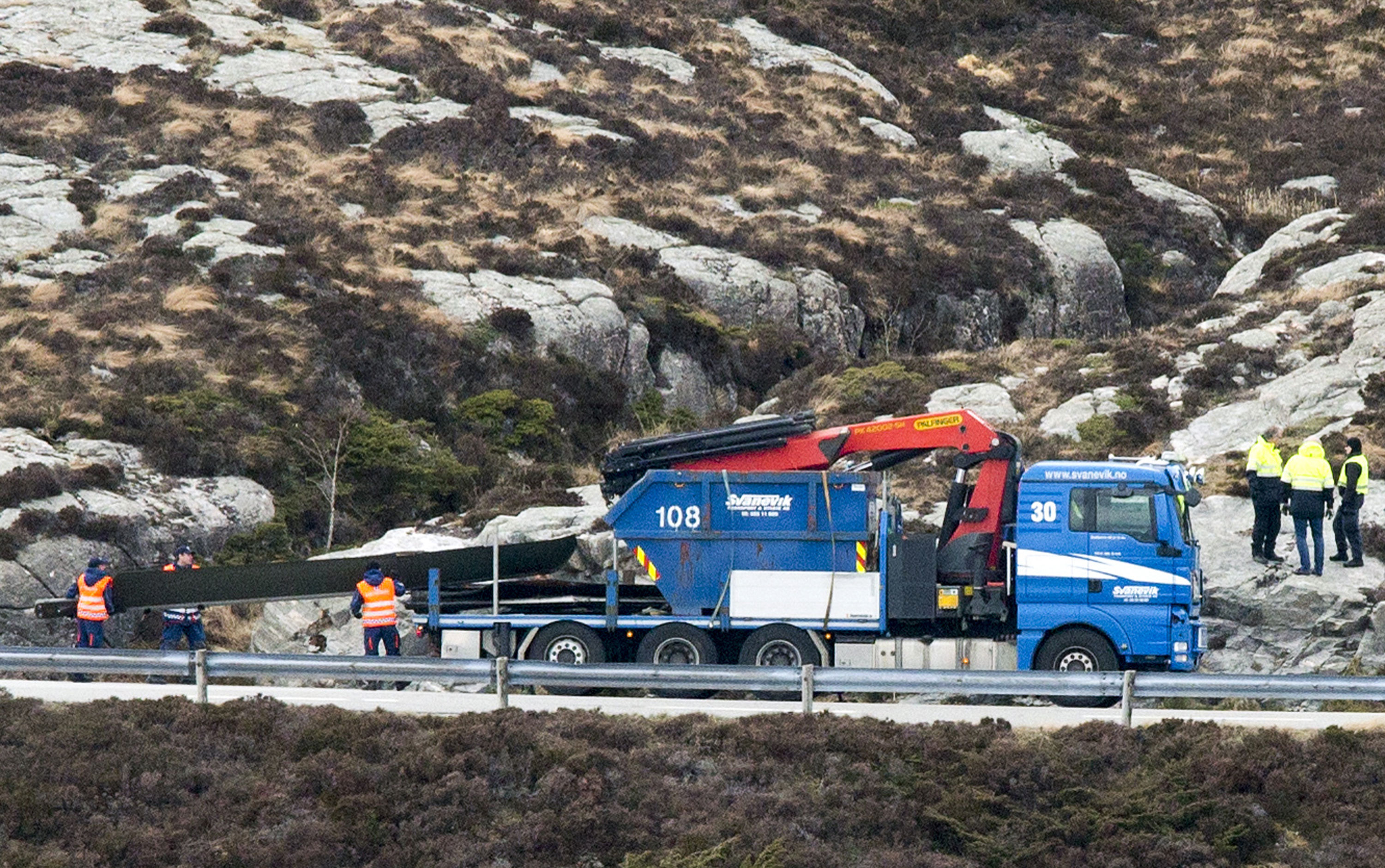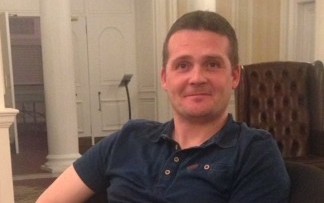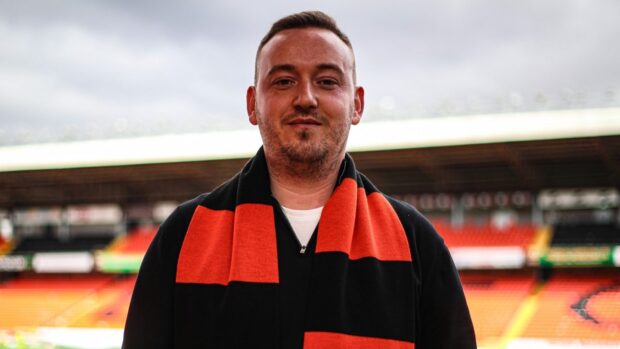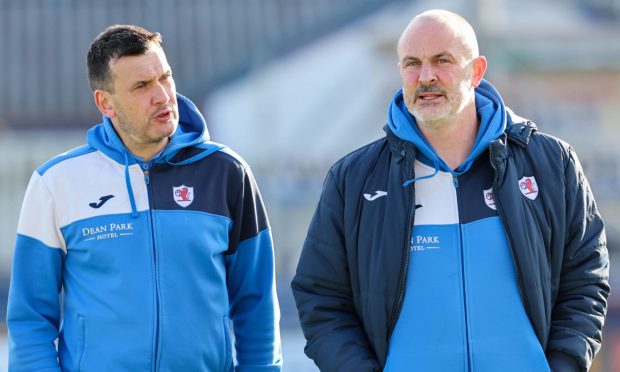An initial report into the Norway helicopter crash which claimed the lives of 13 people has found the flight appeared normal until a “sudden catastrophic failure developed in 1-2 seconds”.
Eleven passengers, including oil worker Iain Stuart from Laurencekirk, and two crew members were killed after the Super Puma aircraft came down near the city of Bergen on April 29.
The Accident Investigation Board Norway’s report released on Monday found the black box recorder, officially known as a combined cockpit voice and flight data recorder (CVFDR), recovered from the wreckage revealed the tragedy unfolded in seconds.
The report said: “The recordings on the CVFDR showed that everything appeared to be normal until a sudden catastrophic failure developed in 1-2 seconds.
“The CVFDR recordings ended abruptly at the same time. There are no indications that flight crew actions were a factor in the accident.
“The helicopter was cruising at 2,000ft when the main rotor head (MRH) and mast suddenly detached. The helicopter impacted on a small island and caught fire.
“The main wreckage thereafter ended in the sea where it came to rest at a depth of 1-9 metres. The accident was not survivable.”
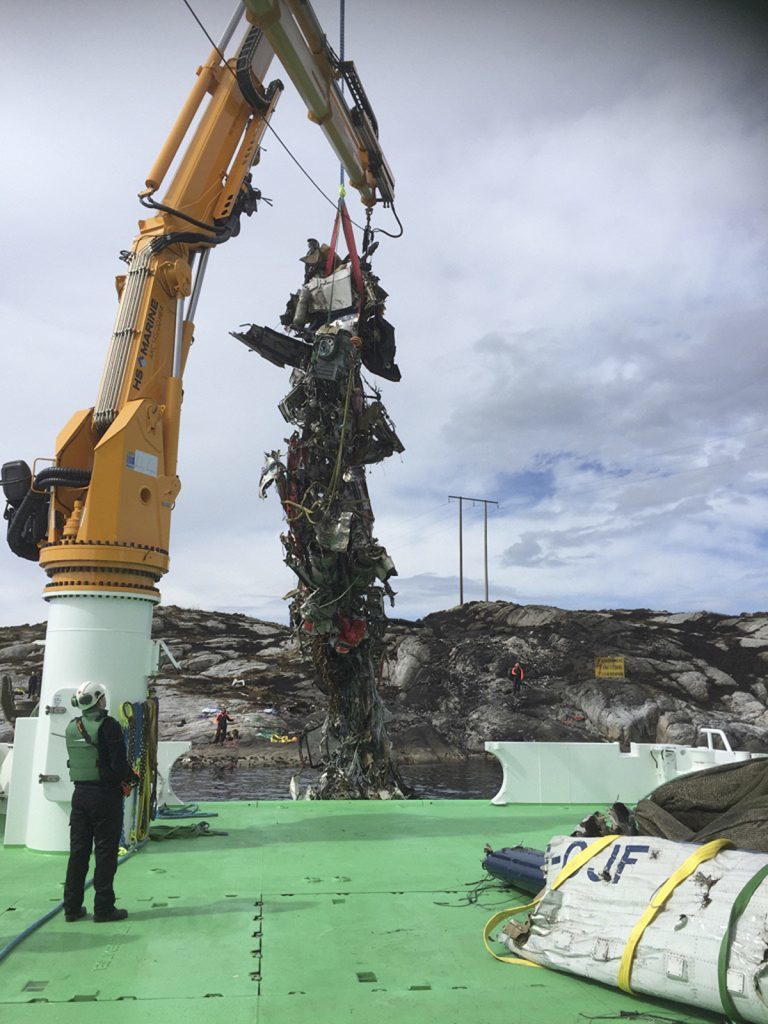
The preliminary report is intended to give an update on the investigation and includes no conclusions or safety recommendations.
Investigators said examination of the wreckage is ongoing and a land and sea search is continuing to find “several key components” which are still missing, after the crash impact scattered pieces across a wide area.
The probe currently centres on the main rotor head, its suspension bar assembly and the main gearbox.
The report said: “At this preliminary stage of the investigation, detailed metallurgical examinations have not been performed. The examinations so far have not shown any sign of fatigue failure.”
Previously, the board said the crash investigation indicated sudden mechanical failure.
The Super Puma was travelling from the North Sea Gullfaks B oil field, about 74 miles (120 kilometres) off the Norwegian coast, when it crashed en route to Flesland Airport.
The aircraft shattered into pieces when it smashed into the rocky shoreline of Turoey, a tiny island outside Bergen, western Norway.
Mr Stuart’s family have said they are “heartbroken” by the death of the 41-year-old father-of-two.
The 10 other passengers who died were Norwegian while helicopter operator CHC lost two pilots, a Norwegian and an Italian.
